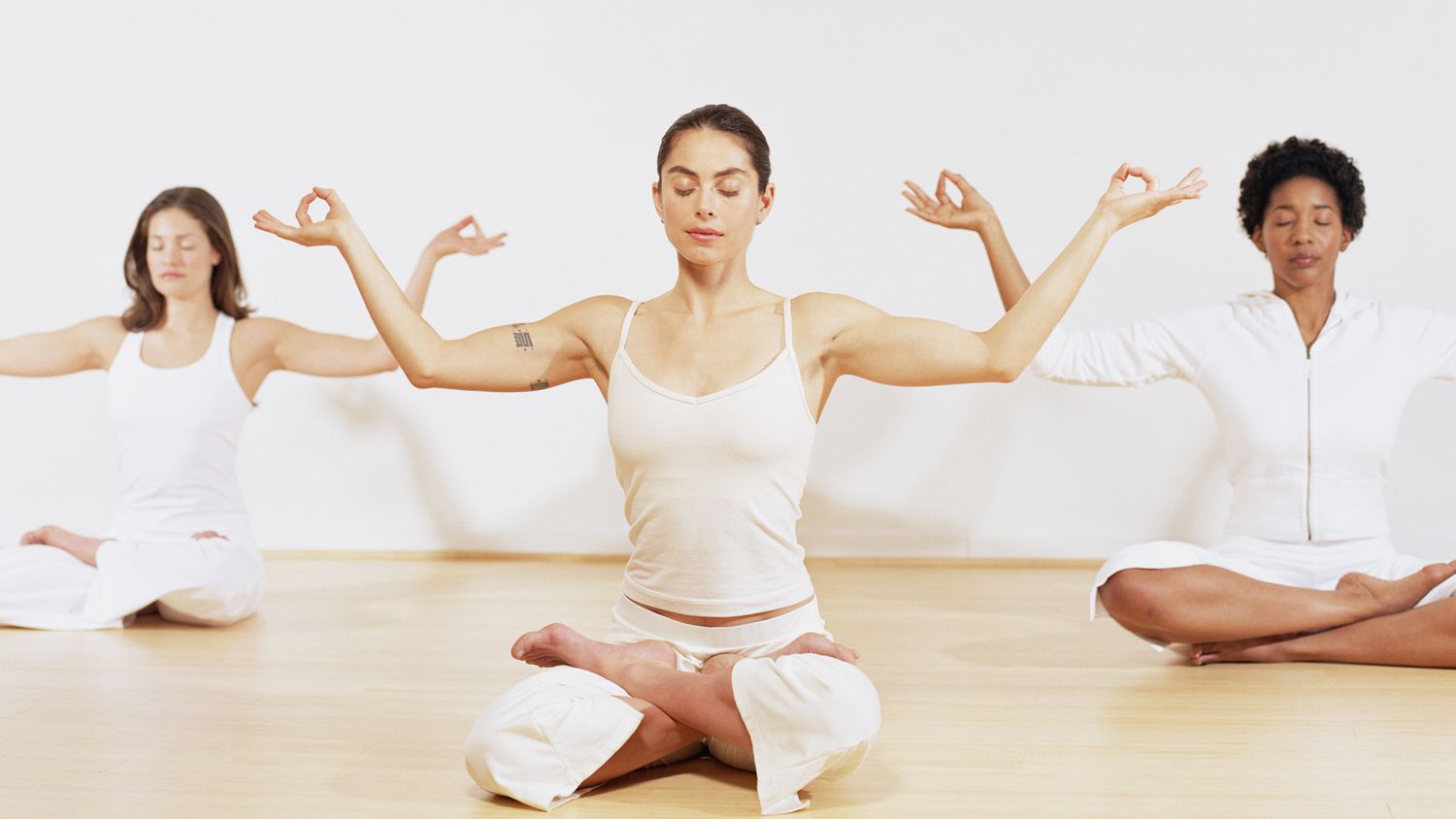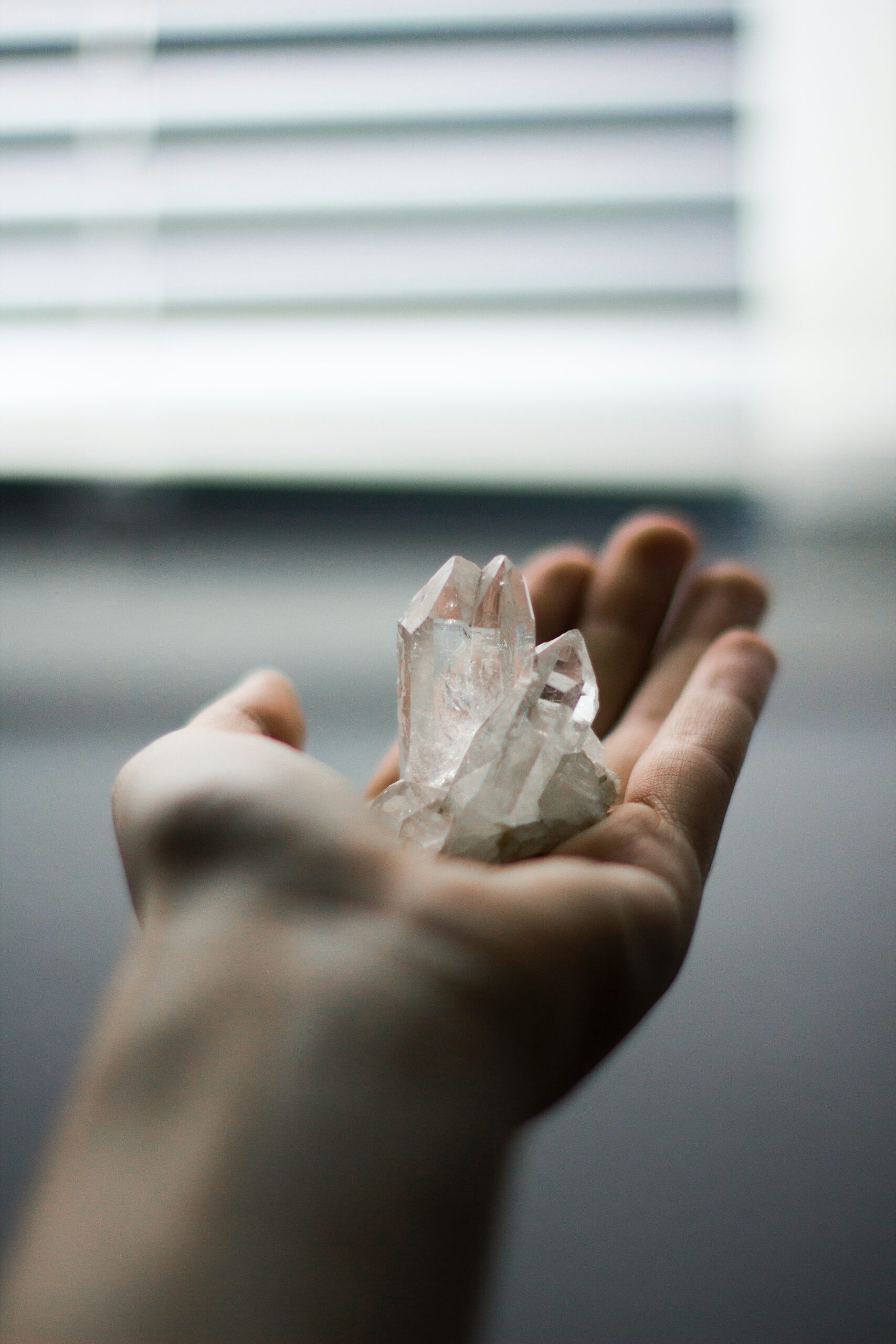Pregnancy is one of the most beautiful experiences of a woman’s life, but it is often accompanied by a lot of stress. Reiki is a gentle and natural energy healing technique that can help with many of the physical and emotional symptoms of pregnancy. It is a safe, noninvasive treatment that can be administered by a trained practitioner or even self-administered by a pregnant woman if she is proficient in the practice.
Reiki can ease many of the common discomforts of early pregnancy such as exhaustion and nausea, and it can also help relieve back pain, tension in the neck and shoulders, and insomnia. It can also ease the common ‘fog’ of pregnancy that many women experience, leaving them feeling more relaxed and connected with their baby.
Expectant mothers have reported that their babies respond to Reiki sessions, expressing their happiness in the form of wriggling movements and even sustained kicks because the energy being transferred from mother to baby goes through the heart and can affect the emotions as well.
Pregnant women who receive Reiki regularly have a lower risk of needing a cesarean section as it helps them stay calm and confident about their labour and delivery. It also assists them in releasing their fears and anxieties and instills inner strength to go through the whole journey smoothly.
How to heal someone with Reiki?
Reiki practitioners “channel energy down [the] person’s shoulders to help them relax and get back into their body,” says Maute. It can help the autonomic nervous system (the primitive part that controls functions like your heartbeat and breathing) shift from its sympathetic-dominant, or fight-or-flight, state to its parasympathetic-dominant, or rest-and-digest, state.
Then, with their hands on the person’s chest or head or a few inches above their body, the practitioner moves them through various hand movements. The session usually lasts 20 to 90 minutes, and the reiki healer often talks with their client on time about their ailment or situation and what they hope to get out of the session.

Some reiki healers ask their clients to discuss any medications they’re on and any spots of discomfort so that they can focus on these areas during the healing session. Others tell their clients to simply close their eyes and imagine a peaceful place, like a beach or mountain range, to get them in a state of relaxation.
While a few studies suggest that reiki may help with things like stress reduction and pain management, more research is needed, particularly in larger groups of people. And, as a complementary treatment, people mustn’t use it as a substitute for medical or psychological care. “Reiki complements and increases the effectiveness of other kinds of healing,” Miles says. And, of course, it’s not a good idea to try it on yourself without training from a reiki healer.
What does a reiki healing treatment feel like?
The experience of a Reiki session is subjective and can vary from one person to the next. Some people feel a pulsing energy flow within the body, which can cause goosebumps or tingling sensations. Others may not feel anything at all. It is normal. Some Reiki practitioners say they also feel a pulsing of energy moving through their hands while channeling the healing energy to their patients.
A Reiki practitioner should be gentle when applying the energy and shouldn’t push too hard. If you have a medical condition, such as a bleeding wound or a blood disorder, your practitioner should discuss it with you before the session to determine whether it’s safe for you to undergo Reiki.
You should lie fully clothed on a treatment table or, if you can’t lay flat, in a chair that allows you to be comfortably supported. A session usually lasts about an hour. At the beginning of the session, you and your practitioner will have a short introduction or chat to talk about what you want to get out of the session and any symptoms you’d like addressed.
Your practitioner should also ask if there are any areas on the body you don’t want them to touch. Some practitioners play soothing music during the session, which can help create a calming atmosphere. You can also bring your own music if you’d like. You should turn off your phone and leave your shoes, glasses, and jewelry at home before your appointment. You can even take a shower beforehand to help you relax.
Why reiki healing is effective?
The healing power of Reiki is based on channeling energy through the hands. This energy is said to improve emotional and mental health, foster physical healing, and support the body’s natural ability to fight disease. It’s also a common practice during pregnancy and post-surgery.
Reiki practitioners say it encourages a state of relaxation, which may help the body heal itself and reduce stress levels. Research to date, however, is limited. And many studies use a placebo treatment (a fake therapy that does not affect the body) to compare against reiki, making it difficult to pinpoint its effects.
A small body of research shows promise for reiki, including a 2015 study that found reiki reduced pain and anxiety in cancer patients. And in a study of heart attack survivors, researchers found that reiki improved mood and heart rate variability—a measure linked to the recovery process.

While it’s difficult to know exactly why reiki works, some studies suggest it’s due to the placebo effect. But it’s important to note that reiki isn’t designed as a replacement for traditional medicine. “As with any other complementary and alternative therapy, it should be used alongside proven traditional treatments to enhance their effectiveness,” Bodner says.
During a session, clients lie fully clothed on a massage table while the practitioner places their palms lightly on or just over different parts of the body that are believed to be hubs for energy, like the head, limbs, and torso. They typically leave their hands in the spots for 3-10 minutes.
What is the philosophy of Reiki Healing?
Reiki is an energy-healing method that posits that a ‘life force’ can promote wellness. In a Reiki session, a practitioner places their hands above or on the recipient’s body in seven classic positions that equate to the main energy centers in Eastern mind-and-body and spiritual concepts (see below).
The underlying philosophy is that the universe is filled with energy that is essentially omnipresent. This ‘universal energy’ animates our bodies, connects us with the universe and its forces, and helps to keep things in balance. It is not a religious doctrine and can be accepted by people of any faith or no faith at all.
Its founder, Mikao Usui Sensei (1865-1922), practiced Zen Buddhism and for years meditated in seated meditation. But he decided to try an experiment in 1922. He climbed a mountain, starved himself for 21 days, and had a vision. He realized that he could channel universal energy to help heal others, a concept he named Reiki.
During a Reiki treatment, the practitioner’s hand placements are gentle and noninvasive. The person receiving the treatment lies fully clothed, and they may be lying down or sitting, or even standing. The practitioner gently holds their hands just above or on the body, moving over it in a slow progression of hand positions.
During and after a Reiki treatment, most people report a deep feeling of relaxation. They feel calm and peaceful, and some describe a feeling of being held by the Universe in a loving embrace. Occasionally, some experience a physical sensation such as heat or tingling.
What is the scientific explanation of Reiki?

Reiki practitioners claim their energy healing therapy can enable relaxation, reduce pain, speed up the body’s natural healing process, and relieve other symptoms. However, high-quality research on the effectiveness of reiki is lacking, and it may not be effective in treating specific health conditions.
During a Reiki session, the practitioner directs energy through a series of hand positions over various parts of the body. The energy moves in and out of the body’s electromagnetic field, or biofield, which extends about 15 feet around the body. Each part of the body, including the brain and heart, produces its own electric and magnetic fields.
The idea is that these electromagnetic fields act as conduits that allow reiki to pass through the body. During a Reiki session, your autonomic nervous system—the primitive part of the brain that you don’t fully control and is responsible for functions like heartbeat and breathing—is shifted toward the parasympathetic (rest and digest) state. It allows your body’s natural healing mechanisms, such as your immune system, to work more optimally, according to past research.
Reiki is often used as a complement to medical treatments, and it can help patients relax and alleviate pain and anxiety, researchers say. For example, one study found that providing reiki to cancer patients during chemotherapy significantly improved their comfort and well-being. The researchers, however, emphasized that reiki was not a cure for their illness and that it’s important to continue with standard treatment.








